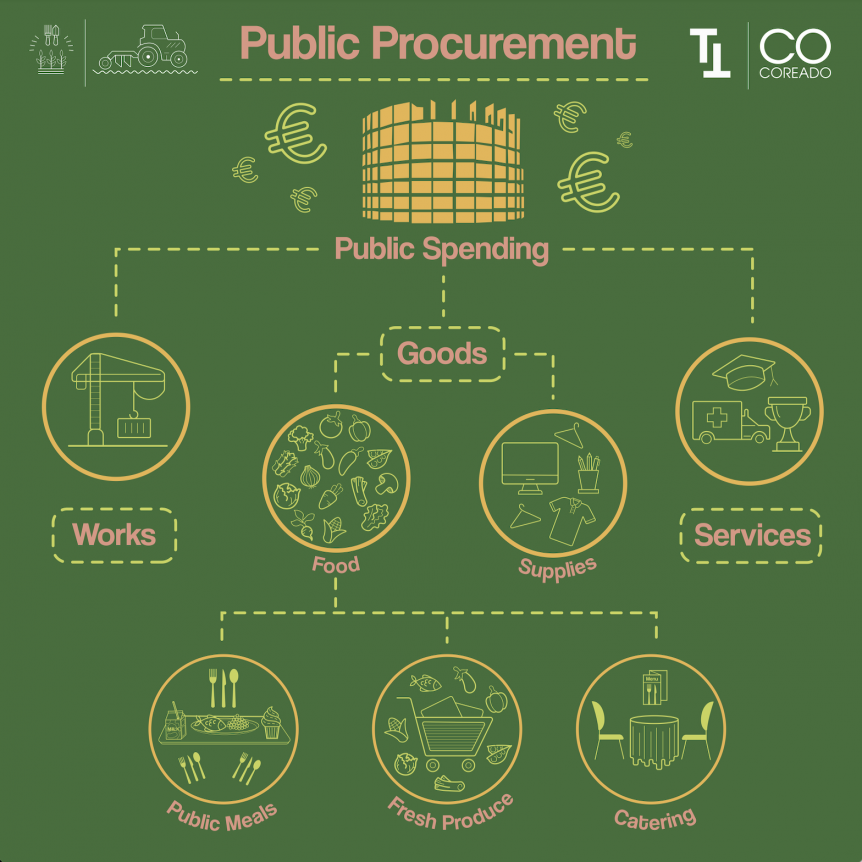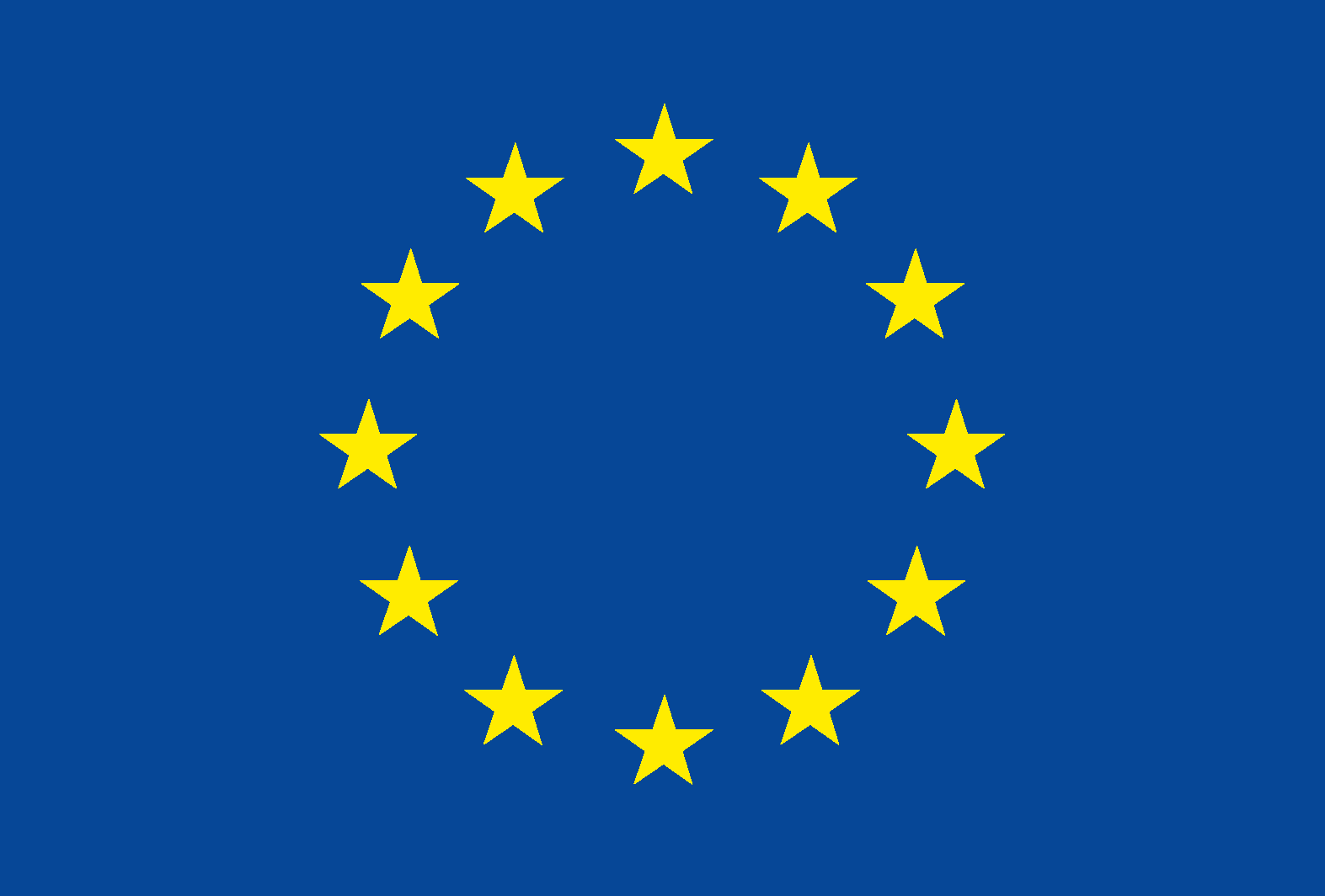Today I want to talk about public procurement.
What is public procurement?
Public procurement simply put is any time public authorities spend money on anything. This falls generally into three main categories, goods, works and services. First of all what do we mean by public authorities? These can be national governments or local councils, basically anyone who uses public money for any purpose, and by public money we essentially mean taxes, money that comes from the public, from you!
What are the three types?
Works means construction projects or maintenance. This could be building bridges or roads or hospitals or public housing. It could be maintaining existing buildings and infrastructure.
Services means public services. This could be healthcare education or emergency services. It might mean public sports facilities or public transportation.
Goods is all physical stuff. This might be computers for offices or office equipment like pens pencils paper etc. It might be uniforms or cars or equipment or it could be all kinds of food, school meals, public catering services or fruit and veg.
Why is it important?
Public procurement in the EU makes up a staggering 14% of GDP! That is around 2 trillion euros annually! This means that a 1% increase in efficient public spending amounts to a saving of 20 billion. This is obviously a lot of money and making sure it is spent fairly is part of the EU’s mission. It is also worth knowing about how this works and how the money is spent because it is your money and making sure it is spent fairly and transparently is one of the things the EU tries to do for you.
How does this work in the EU?
While of course a private enterprise can spend their money on whatever they want however they want, it isn’t quite as straight forward when it comes to public money. The government or local governing body has an obligation to the public to spend the money in the fairest way with the best value for you. To this end EU public procurement has 4 main principles guiding it, transparency, equal treatment, open competition, and sound procedural management. When anything is to be purchased by any public authority it is put out to tender. This means that exactly what is being asked for is drawn up and everyone within the EU has equal access to provide what is being asked. The main criteria for deciding on which bid to accept is normally just the economic cost.
So in a nutshell a public authority wants something done, or built or purchased, they request very specifically what it is they want put it out for tender and accept bids. All bids across the EU have equal access and the one that offers to meet the requirements for the lowest cost gets the contract.
What is sustainable public procurement?
One particular focus of current public procurement policy is sustainability. This is a big deal because, given the amount of money we are dealing with, if even 1% of EU public procurement was leveraged to be truly sustainable or environmentally friendly that is equivalent to investing 20 billion in sustainability. One area of particular focus for sustainable green public procurement is the area of goods and in particular food. This could be for meals in a hospital, it could be catering for public events or it could be fresh fruit for school children.
Sustainable public procurement is where we begin to run into problems with the EU tender process. The goals of transparency and equal access are fundamental to the existence of the EU and part of the ideal of ever closer union. However, what if you want to buy sustainable locally grown apples for school children that have a minimal travel distance. Essentially you can’t if that is what you are asking for because you are not allowed to specify local that doesn’t meet the needs of equal access. How about if you want to make sure the meat purchased for hospital meals comes from a source that produces significantly less CO2 emissions than average, but it costs a lot more?
So one of the big challenges we face right now is how to put out a tender that asks in the right way within the bounds of EU law to still leverage public money for sustainable goals. How can the tender be written and how can those bidding for tender have their applications approved so that we move towards a more sustainable future. This is something we are still just beginning to work out.
Sustainable public procurement and improved access to the market for sustainable producers is one of the goals of the COCOREADO a HORIZON 2020 project Rural Youth Europe is involved in. To learn more see our previous blog here.
Find out more here: https://ec.europa.eu/growth/single-market/public-procurement_en

This week’s blog was put together by John Gillon, Rural Youth Europe’s Project Manager. If you would like to discuss any aspect of the blog with John, please e-mail projects@ruralyoutheurope.com
This blog is part of the Together Thursdays project, co funded by the European Union.


